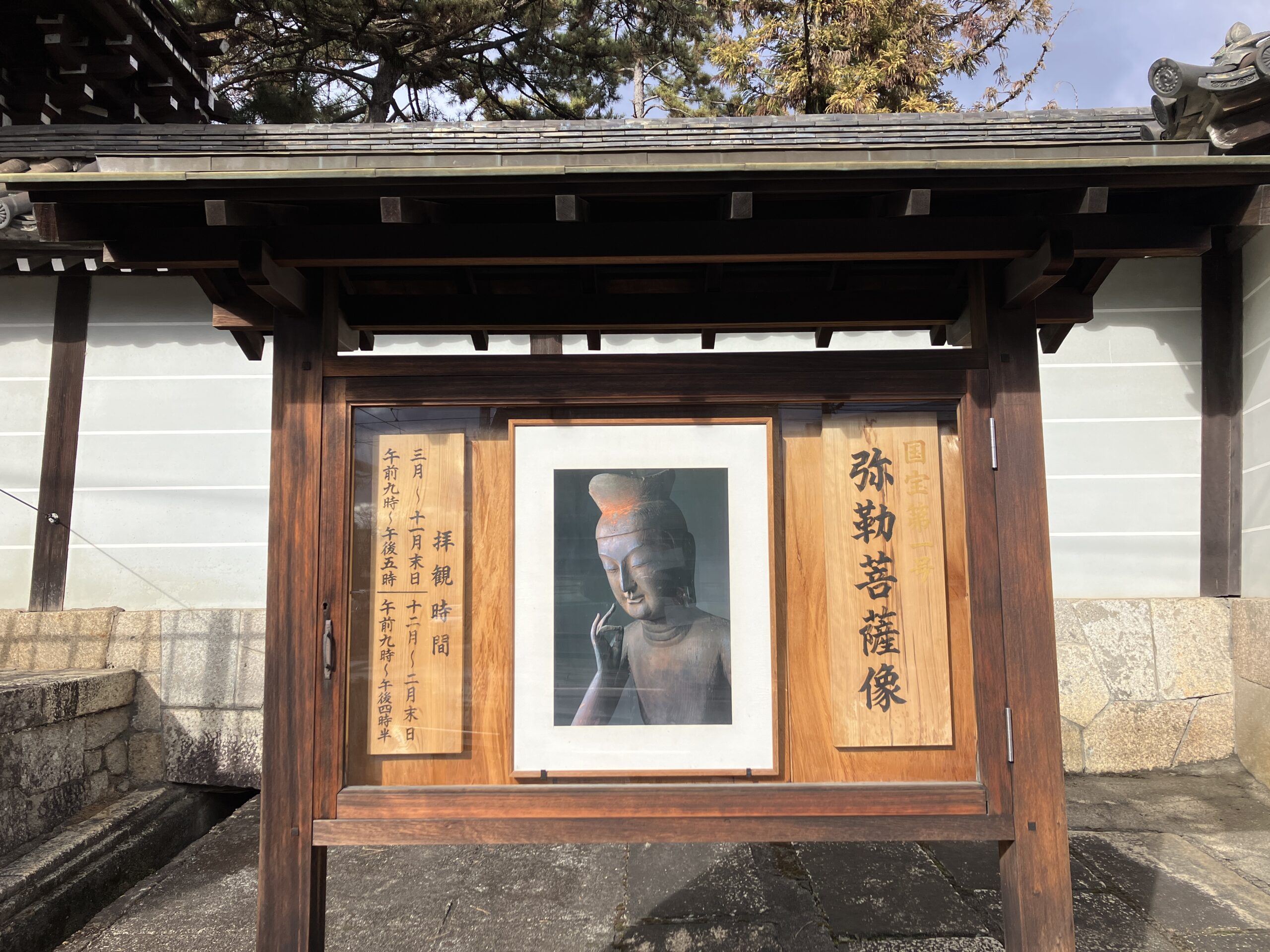Beginning of 2025
The new year has begun, with 12 days already behind. As the year started, I was still grappling with health issues, a persistent cough and facial rashes. We enjoyed a generous nine-day break from work, but I found myself eager to return to my work by January 3rd, perhaps I was bored.
Traditionally, I watch the long-distance road relay races, known as ekiden, from January 1st to 3rd. The first day of the year features corporate ekiden, where various companies compete. However, the most renowned event is the Hakone Ekiden, a collegiate race held annually on January 2nd and 3rd. This covers a round-trip course divided into five sections between Tokyo and Hakone.
There’s something magical about ekiden that goes beyond just running to me. The runners not only strive to improve their personal time records but also focus on smoothly passing the “tasuki,” a sash worn across the chest representing their school. While most global races involve passing a baton, watching these athletes run with their school’s tasuki crossing their hearts is deeply moving. Although winning first place is the ultimate goal, teams must also finish in the top 10 to secure a spot in the following year’s race. Those who don’t make the cut must compete in three national races to earn their place in the New Year’s event. That’s why, even one second can change their position.
Toka Ebisu
This year, I made a personal resolution to be more action-oriented instead of overthinking everything. I tend to think, think, think and afterall, do nothing.
When Toka Ebisu approached, I was not scheduled to visit. More reluctant to visit – knowing the Gion area would be packed with people and activity. But since I had missed my first shrine visit of the year, I decided to take a chance.
To my surprise, the festival wasn’t as crowded as I’d imagined. Fascinating scenes unfolded around me: people carefully selecting lucky charms, hoping to invite business prosperity and good fortune into their lives. Everywhere I looked, bamboo branches with gold coins and lucky bags caught my eye, accompanied by the festive chant, “Bring the bamboo branch for business prosperity!”
Going back and forth between buying a charm and walking away, I found myself completely absorbed by the displays. A shrine maiden (miko) seemed to read my thoughts, explaining that these weren’t just decorative items but meaningful symbols people bring home for luck.
Then, a small straw boat displaying rice bags captured my attention. “It’s a treasure ship,” the miko explained, “believed to sail through the heavens during the first three days of the New Year, piloted by the Seven Lucky Gods.”
Before I knew it, my wallet was out, and the charming little ship was in my hands – another unexpected adventure.
Unexpected adventure over and over
As I mentioned earlier, I have a tendency to overthink and often hesitate to take immediate action. However, with the lucky treasure ship in my hand, I decided to venture a little further to Koryu-ji, one of the oldest temples in Kyoto, believed to have been established during the Asuka period around 603 or 622 AD.
My motivation for visiting was the temple’s national treasure, Mirokubosatsu (Maitreya Bodhisattva), as its main deity. I first encountered Maitreya in a textbook during junior high school, and its captivating posture—his (I think it’s a he) chin resting on his right hand—symbolizing deep contemplation and wisdom, has stayed with me ever since. Interestingly, this memory comes not from my history class but from an English lesson, where my tall and handsome teacher, Mito-sensei, reminded me of the quiet figure of Maitreya. The notice of the appearance resonated deeply in my heart.
Recognized as the future Buddha in Buddhist tradition, Maitreya is depicted sitting among many historic Buddhist statues at Koryu-ji. The temple was founded by Prince Shotoku, who famously stated in the first article of his Seventeen Article Constitution that “Harmony is to be valued.” This principle highlights the importance of peaceful coexistence and mutual respect among individuals, encouraging dialogue and cooperation rather than conflict. Although I knew these words well, it took this visit for me to truly connect their meaning with my experiences at Koryu-ji.
Spring Sunshine
Have you noticed that already the brightness of the sun is similar to Spring?
Today is a national holiday for Coming of Age Day. It is to celebrate the young generation turning 20 or already 20 between April in previous year to April 1st this year to become an adult.
I was walking today and heard the conversation between the two young girls.
“Hakama is a traditional Japanese outfit, right? Especially for Coming of Age Day.”
No!! It’s Furisode, a kimono with long “swinging” sleeves!





Comment